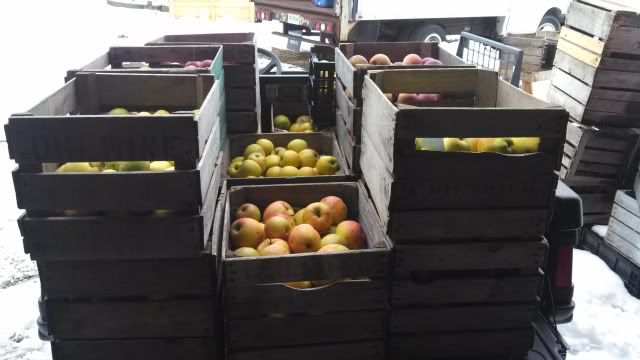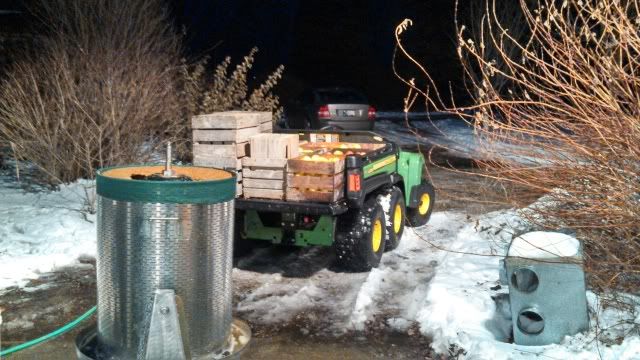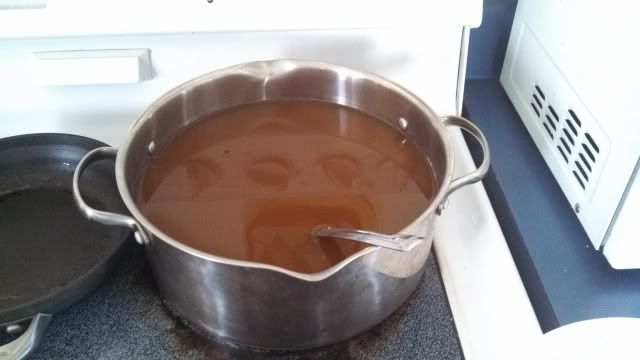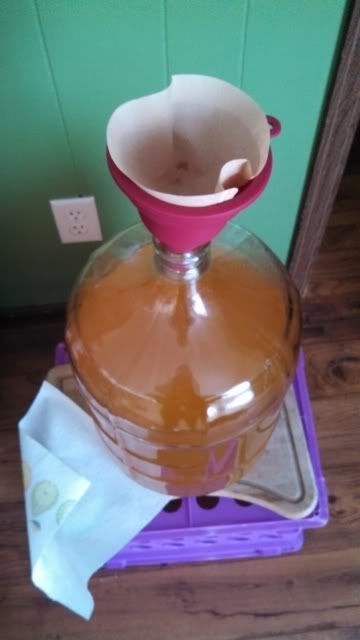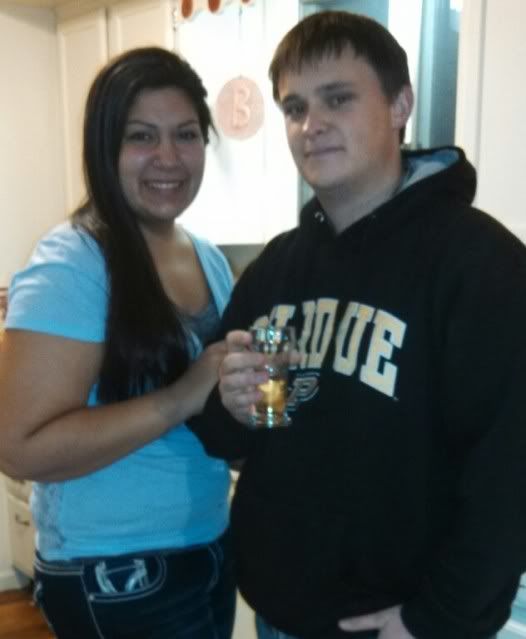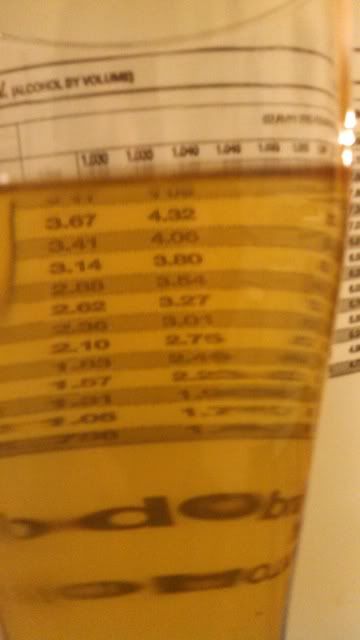Hello all,
First off, we run a apple orchard with over 30 varieties. I have been a long time beer lover and want to start making cider bier. I would love to get something close to b-meadery zombie killer.
What apples should I press that will work best in a cider beer? We have the usual very sweet such as gala, jonagold. Semi sweet like Cortland, and tarts such as mutzu, Winesap, Arkansas black.
Anybody have a custom end they recommend?
This week should also bring our new lancman 170 liter press!
First off, we run a apple orchard with over 30 varieties. I have been a long time beer lover and want to start making cider bier. I would love to get something close to b-meadery zombie killer.
What apples should I press that will work best in a cider beer? We have the usual very sweet such as gala, jonagold. Semi sweet like Cortland, and tarts such as mutzu, Winesap, Arkansas black.
Anybody have a custom end they recommend?
This week should also bring our new lancman 170 liter press!


